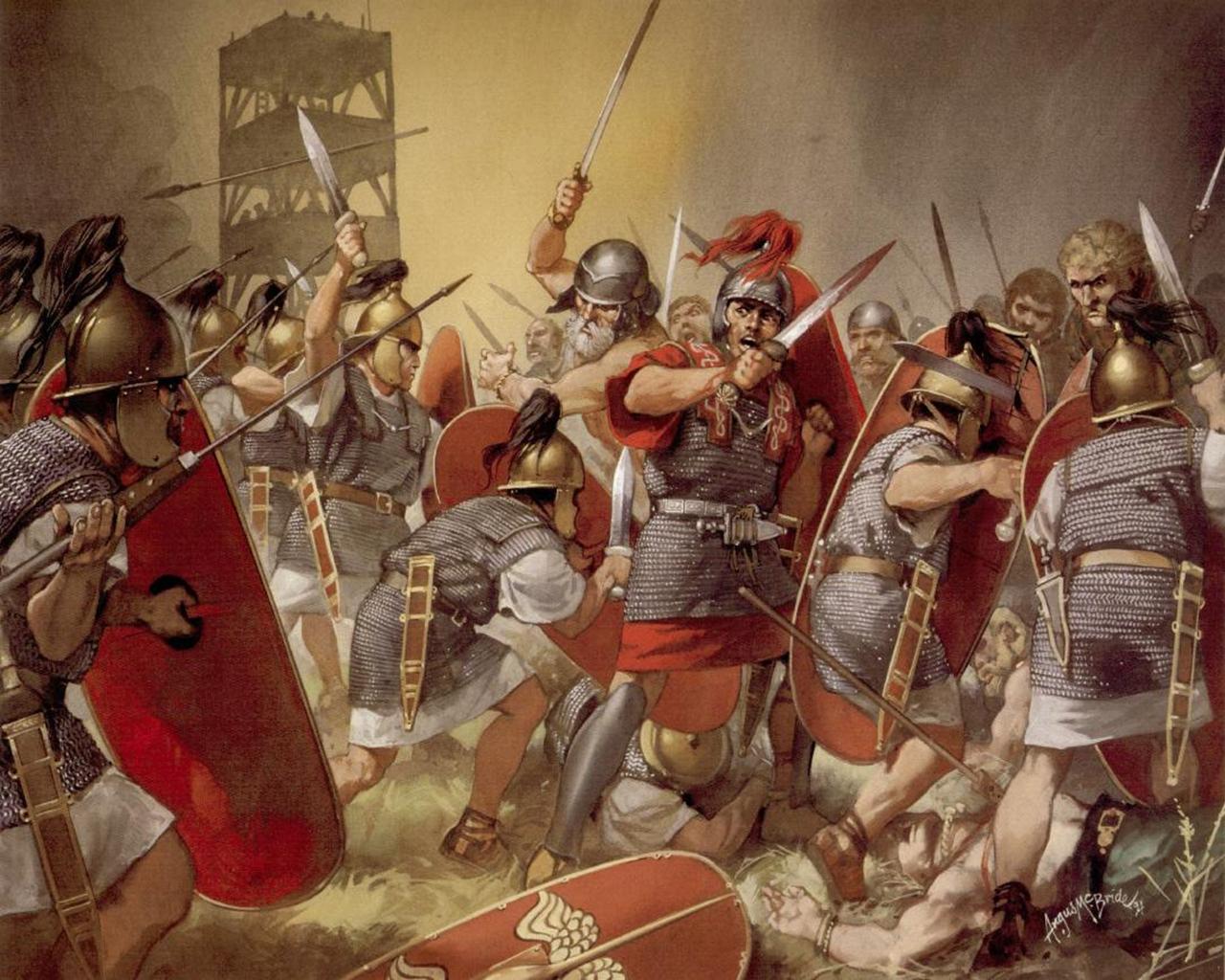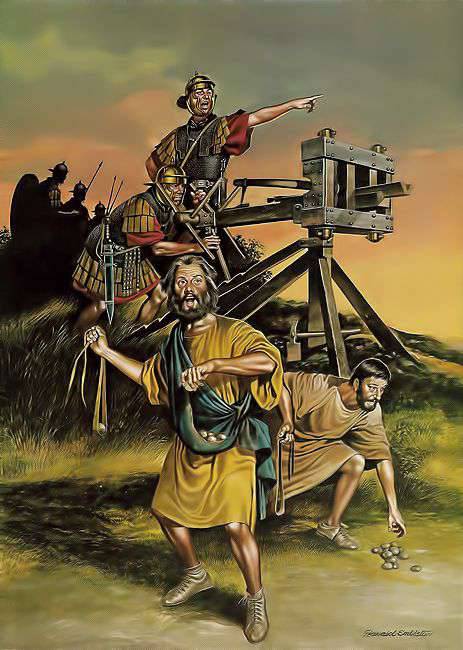The FBI re-arrested a California man accused of firing multiple shots at the ABC affiliate in Sacramento, California over the weekend, hours after the man was first arrested by Sacramento police but allowed to post bond.
64-year-old Anibal Hernandez Santana is facing state-level charges of assault with a deadly weapon, shooting into an occupied building and negligent discharge of a firearm, as well as the federal charges related to interfering with a federally licensed broadcast statios that led to him being taken into custody not long after he posted bond and left the Sacramento County jail on Saturday.
Though authorities have not officially said what Hernandez Santana’s alleged motive might have been, there are suspicions that the shooting was tied to ABC’s decision to yank Jimmy Kimmel off the air last week over his comments that portrayed the man accused of assassinating Charlie Kirk as a right-wing MAGA supporter of President Donald Trump.
Variety reports that Hernandez Santana’s social media contains a steady stream of anti-Trump postings, but Second Amendment Foundation Director of Legal Research and Education Kostas Moros says Hernandez-Santana is also a big fan of gun control.
On X, Hernandez Santana has, among other things, spoken out in favor of California’s ban on “large capacity” magazines, advocated for limiting gun sales to single-shot rifles for adults under the age of 25 , and an outright ban on so-called assault weapons.
More recently, Hernandez Santana posted “Where is a good heart attack when we need it the most?? Please Join in my thoughts and prayers for the physical demise of our fearful leader,” and “The authoritarian oligarchy is now complete. CBS+ caving, big law firms in DC, the subservients FBI and AG, university presidents stepping own, fan boys SCOTUS, public radio, ICE goons. We are going to have to ‘fight like hell’. Rules don’t apply if election was stolen. FIGHT!”
To the best of my knowledge, not a single media outlet has reported on Hernandez Santana’s support for gun control, though the Sacramento ABC affiliate shared a post where he claimed to have started carrying a gun after Donald Trump was elected in 2016.
“I haven’t seen [the posts]… It’s not completely uncommon. I mean, I’m on social media a lot and reading comments and from both sides really, there are some comments that I wouldn’t say are extreme, but that show a lot of passion,” said [Hernandez-Santana’s attorney Mark] Reichel. “I understand the concern that people would have, but they’re not uncommon.”
With the FBI now involved, Reichel believes politics are at play.
“If his social media points are considered radical by you, I guess it depends on your perspective. There’s a lot of this stuff that’s said by the President and you’d have to consider that radical also,” said Reichel. “I think the President and the Trump Justice Department and Pam Bondi aren’t going to let this one go by… Of course, they’re going to grab it and try to bring it into federal court as soon as they can because they’ve got somebody who is an educated liberal who they believe shot at the building.”
I know that Reichel has a duty to defend his client, but c’mon now. It’s not Hernandez Santana’s social media posts that landed him behind bars. It’s the suspicion that he fired multiple shots at a television station just a few days after Kimmel was yeeted from the airwaves.
There are plenty of people on the left and the right who’ve taken issue with the implied threats by FCC Chair Brendon Carr to go after ABC and its parent company Disney, but as far as I know none of them decided to take out their frustrations by firing multiple shots at their local ABC station.
Hernandez Santana’s posts on X might help explain his mindset and motive if he is, in fact, responsible for the shooting, but I don’t think anyone has said his “radical” speech amounts to criminal activity in and of itself.
Hernandez Santana is entitled to his views on all kinds of issues, including his support for California’s gun control laws and a desire to see more restrictions on our Second Amendment rights.
But if the news media is going to highlight his prolific posts on X, they shouldn’t hide his many comments in support of gun control while highlighting his animosity towards Donald Trump and the current administration. Hernandez Santana isn’t just an “educated liberal”; he’s a staunch advocate for restricting our right to keep and bear arms who, according to authorities, had no qualms about using a gun of his own to target those he disagrees with.
Editor’s Note: The mainstream media continues to deflect, gaslight, spin, and lie about our Second Amendment rights.
 I’m a big fan of U.S. Rep. Ilhan Omar, the Somali congresswoman who always speaks her mind. Of course, I’m not a fan because I like her politics. But I do like the fact that nearly every time she speaks out in public, it serves as a warning for freedom-loving Americans that a true threat exists within our own federal lawmaking body.
I’m a big fan of U.S. Rep. Ilhan Omar, the Somali congresswoman who always speaks her mind. Of course, I’m not a fan because I like her politics. But I do like the fact that nearly every time she speaks out in public, it serves as a warning for freedom-loving Americans that a true threat exists within our own federal lawmaking body.



















